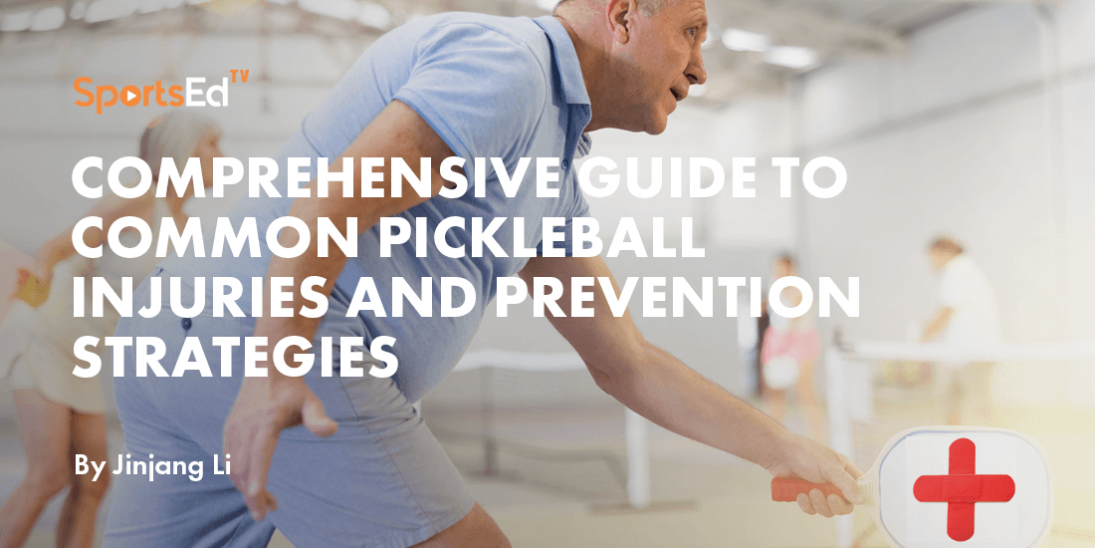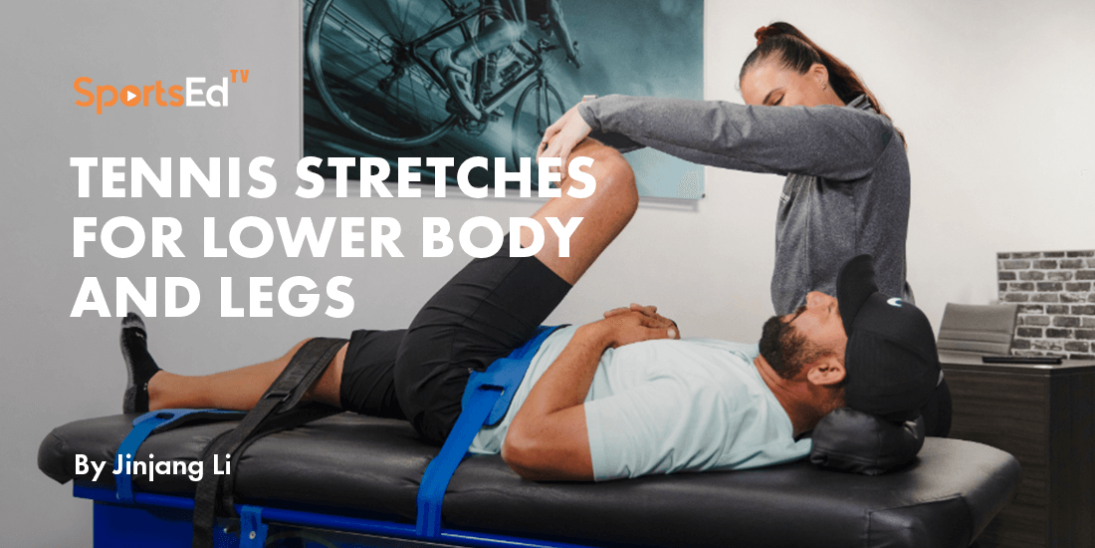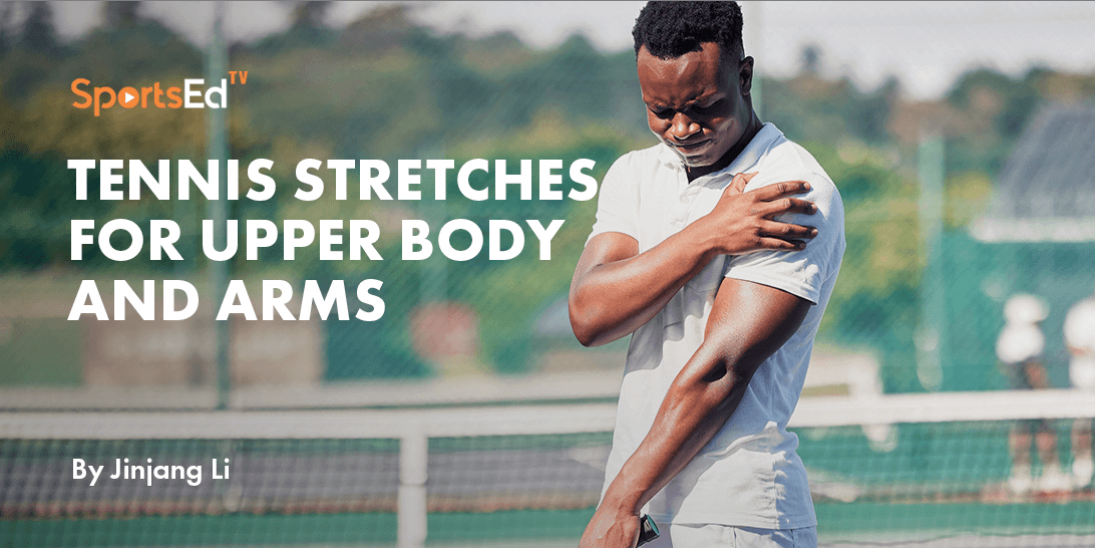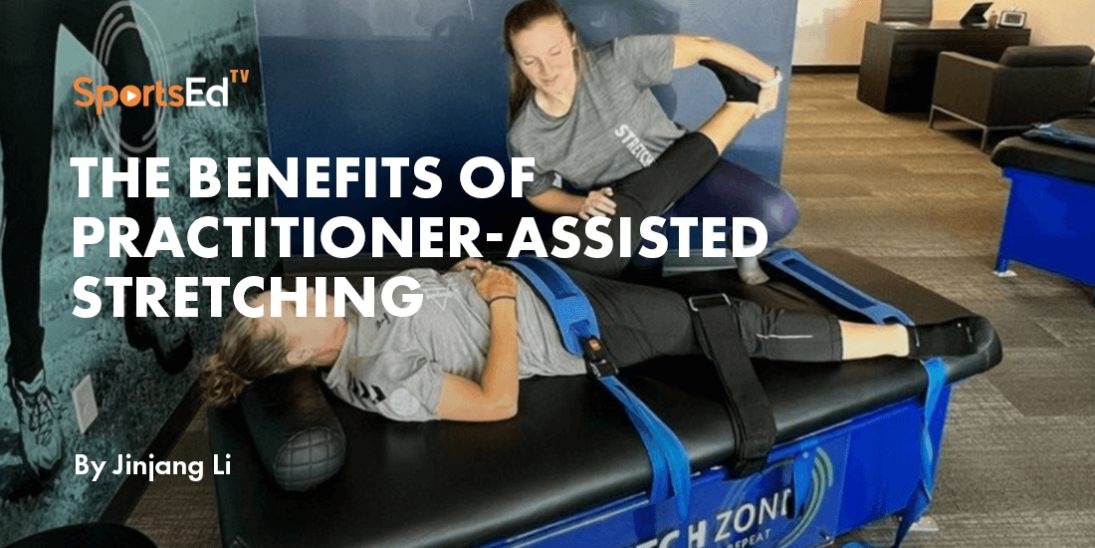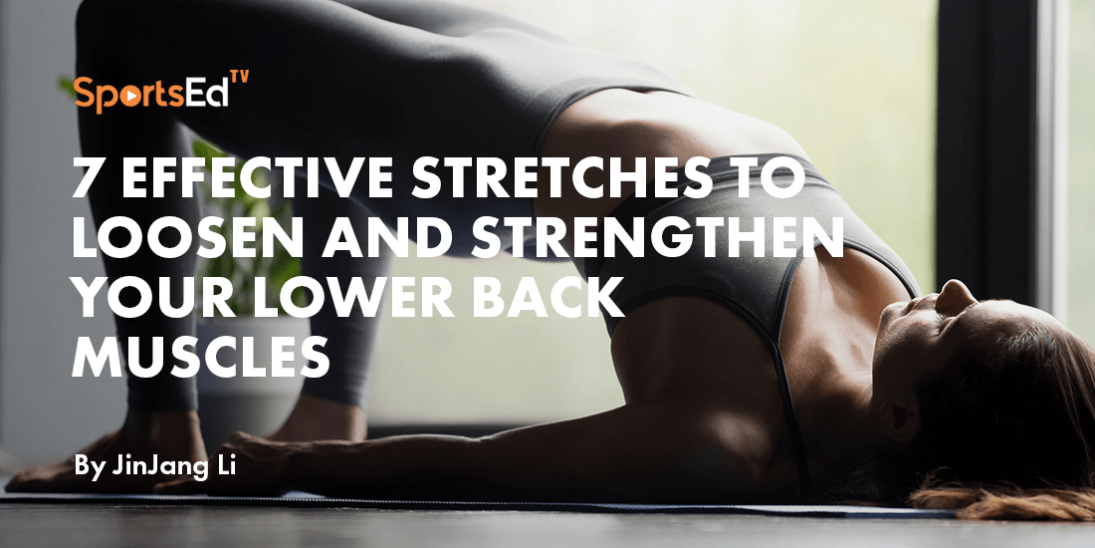Pickleball, Stretching
Welcome and thanks for visiting...

Pickleball Stretches for Lower Body and Legs
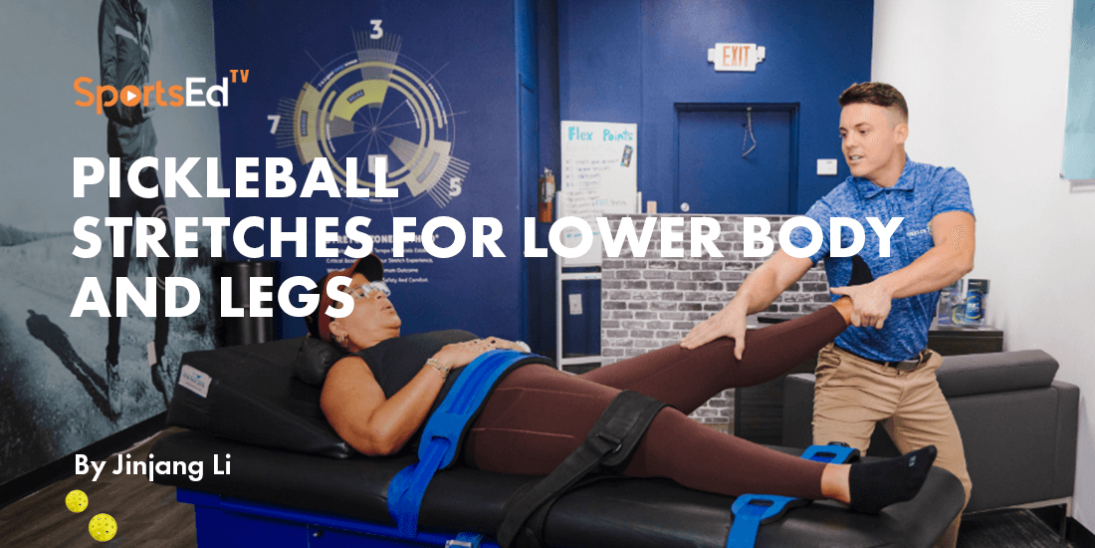
Static stretches are typically performed after a workout or a pickleball game to reduce next-day soreness. Such stretching enhances flexibility and joint range of motion (ROM), key for smooth body movements and effective energy utilization. For pickleball players, achieving top performance depends on maintaining excellent health and effectively directing energy for swift, strong shots.
Proper joint alignment is essential for the optimal flow of energy. Imbalances can cause energy wastage at these points. Picture this as building construction: uniformity in wall height and length is necessary for a stable structure. In a similar vein, your body's muscles and connective tissues maintain structural integrity. An imbalance, such as reduced flexibility on one side, can disrupt your overall coordination and performance.
Check the article on Upper Body Post-Game Stretching: A Key to Maintaining Flexibility and Health in Pickleball
Quadriceps Stretch
Frequent stretching of the quadriceps is vital for pickleball players to prevent knee pain and reduce the likelihood of knee injuries. The Quadriceps Stretch, a key static stretch, is instrumental in boosting flexibility and aiding in muscle recovery, especially after activities that involve jumping.
Shin Stretch
The shin stretch should be a part of your stretching routine if you're dealing with shin splints or medial tibial stress syndrome, typically caused by repetitive running or jumping movements in pickleball. This stretch is effective in relieving related discomfort.
Hamstrings Stretch
Stretching the hamstrings is important after rigorous pickleball sessions or lower-body training. This practice not only prevents injuries but also diminishes the possibility of muscle soreness the next day.
Calves Stretch
Improving the flexibility of your calves through stretching is crucial in injury prevention and supports muscle recovery. This is particularly important for pickleball players who engage in frequent lateral movements and short sprints. Regular calf stretching helps avoid muscle strains and increases ankle flexibility.
Glute Stretch
Stretching the glutes is essential for pickleball players since hip extensors are active with every movement on the court. Regular glute stretches help reduce injury risks and support the muscle recovery process.
The Abductor Stretch
Stretching the hip abductors regularly is critical for enhancing flexibility and range of motion, reducing the risk of injuries. This stretch is important in your routine, given the constant use of these muscles during shot execution and quick directional changes in pickleball.
Hip Flexor Stretches
The hip flexor stretch is essential in reducing injury risks and aiding muscle recovery after long pickleball matches or practice sessions. Given the prevalence of tight hip flexors among pickleball players, this stretch is necessary in your stretching regimen.
The Obliques Stretch
Improving the flexibility of the obliques aids in enhancing the range of motion and reducing injury risks. Regular oblique stretches are beneficial as these muscles are constantly engaged during shots and quick turns in pickleball, facilitating muscle recovery post-intense play.
Static stretches are not typically used as a warm-up in pickleball due to their potential to reduce muscle tension and thus impact force generation. In other words, static stretching before playing might affect your speed and responsiveness on the court. It's better to save these stretches for after your game or practice session.
In the realm of pickleball, the significance of professional advice is paramount. When stretches are performed by professional stretching practitioners, such as those at Stretch Zone, their effectiveness significantly increases. These practitioners have extensive knowledge of muscle anatomy, body mechanics, and individual stretching requirements. Their hands-on method not only ensures proper execution of each stretch but also focuses on specific muscles and areas that need attention. By relying on such experts for recovery and flexibility training, pickleball players can improve their mobility, decrease injury risks, and better maintain their top physical condition. In summary, while stretches are beneficial on their own, under the guidance of experienced professionals, they become a transformative element in an athlete's overall health and performance strategy.
Check the article on Upper Body Post-Game Stretching: A Key to Maintaining Flexibility and Health in Pickleball



